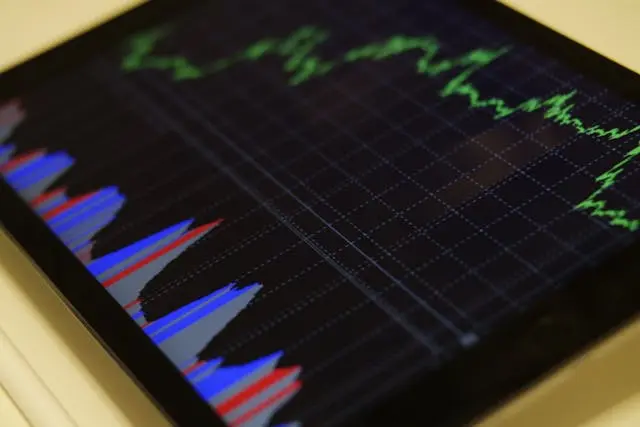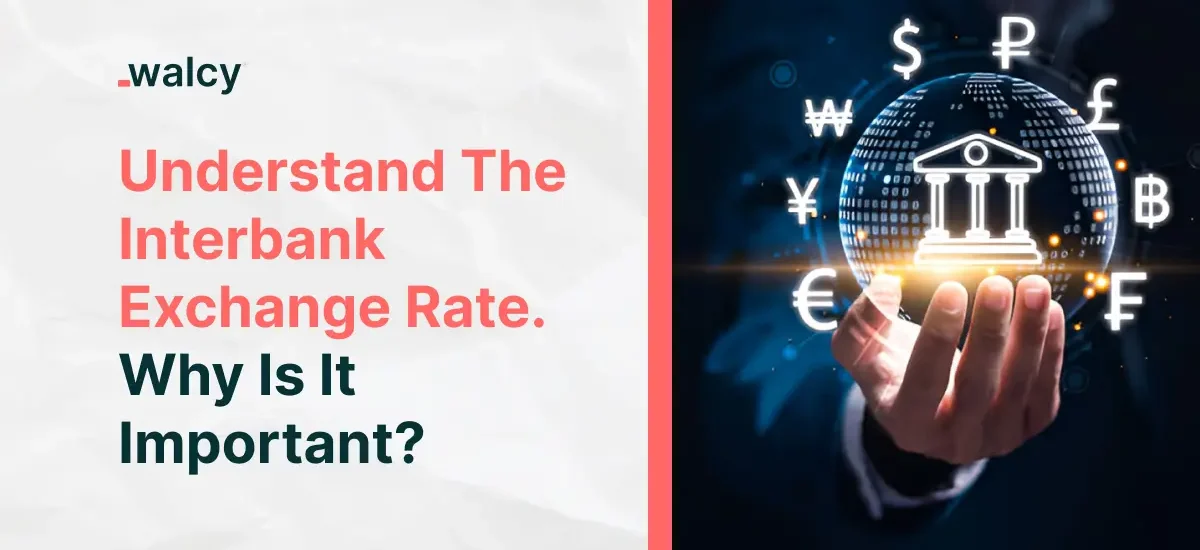In the complex time of global finance, the interbank exchange rate is very essential for foreign exchange currency. This rate is significant to the international foreign currency exchange market. This influences everything from remittances to huge business transactions. This blog briefly explains the interbank exchange rate and how it works between various banks and financial institutes. Let’s understand what the interbank exchange rate is, and why it is so important in the currency exchange market.
What Is The Interbank Exchange Rate?
Simply you can understand interbank exchange rates as inter-banking rates. This is the rate at which banks and non-banks exchange currencies among themselves. The interbank exchange rate is an important financial term that shows foreign exchange rates paid by people when they exchange currencies with one another currency. When you send money in other countries in foreign currency for your business a specific currency exchange rate is added. And major financial institutes add more service fees and other additional charges which leads to expensive foreign exchange.
Simply you can understand the rate of currency exchange that banks charge you is interbank exchange rate. Unfortunately, this interbank rate is added with some extra fees by the financial institute.
Know more about sending money overseas.
How does the Interbank Exchange Rate Work?
As mentioned above interbank exchange rate is a common term in global finance, this is a rate that is charged for foreign currency exchange trade. This rate is determined by the supply and demand scenario, where the big demand for a currency exchange increases the value, and an excess supply decreases it.
While these rates are represented in consumer products even, they are only available to financial institutes that borrow and lend currency to one another, if you want to make foreign currency exchange, the exchange rate is based on the interbank rates.
For example, when you try to transfer money, you will receive different rates from different banks so these rates will help you to get better exchange rates by comparing them.
Learn about Foreign Exchange Service.
Is Interbank Exchange Rate Important?
Yes, absolutely for many reasons the interbank exchange rate is important to global financial set-up. Firstly, it has a direct impact on the international trade rates between different countries by affecting the competitiveness and profitability of organizations that engage in importing and exporting goods and services.
Secondly, businesses analyze exchange rates to evaluate the attractiveness of foreign investments, with low exchange rates to increasing profits.
Thirdly, these rates are a tool used by central banks to implement monetary policy which affects the financial market. Moreover, many companies used to avoid currency risk and predict exchange rate movements by understanding exchange rate.
Lastly, it has an important role in maintaining economic stability in global financial markets.
In conclusion, the interbank exchange rate is very essential to the functioning of global financial markets and impacts a variety of economic activities.
The Role Of Technology In Interbank Exchange Rate.
Technology plays a significant role in the interbank exchange rate to modify how currencies are traded, monitored and managed. These technologies have not only increased the speed and volume of transactions but also reduced transaction costs. Blockchain technologies and cryptocurrencies are also affecting exchange rates. Blockchain technologies are a secure method for seamless transactions and reducing the cost of the interbank rates.
Furthermore, technology has transformed risk management in the interbank marketplace. Real-time monitoring of economic data and global events allows for making good decisions, helping reduce foreign exchange rate risk.
How Is The Interbank Exchange Rate Determined?
It is determined through various factors and mechanisms. This rate is determined by the following factors:
Supply and Demand

The supply of currency is influenced by many factors, like the amount of money in circulation and the policies of the country’s central bank. For example, if a central bank expands the money supply by printing additional currency, the value of one currency may fall relative to others. The currency demand is determined by its use in worldwide trade. For example. if a country exports more, overseas buyers must buy their currency which increases the demand and value of the currency.
Interest Rates

The benchmark of interest rates is set by the central bank which influences the overall interest rates in the economy of total interest rates. Higher interest rates draw in foreign capital because they provide better returns on assets denominated in that currency. Differences in exchange rates are influenced by the differences between the interest rates of two countries can influence exchange rate movements. The exchange rate is influenced by investors who want huge profits by exchanging their currency for one with a higher interest rate to get larger returns.
Economic Indicators

The strong economic growth shows a healthy economy. This attracts investment and increases the currency demand. Strong financial performance typically boosts a currency’s value. High employment levels indicate economic stability and growth, which can positively affect the currency value. High employment rates show economic stability and growth, which can positively boost the currency’s value.
Market Speculation
Another reason that helps in determination of exchange rate is the market speculation. If investors know a currency will grow its value in the future, they are more likely to buy more of that currency, which can increase its value in the future.
Learn about The Factors Affecting Foreign Exchange Rate.
Conclusion
In this blog, we get to knew about interbank exchange rates which are simply interbank rates charged for trading foreign currency exchange. While you send money in a foreign country you have to pay certain charges for this service this is called the interbank rate. It is a very common term in the global finance market.
It is very important while doing foreign exchange, mainly businesses do research and trade currency so they do not have to overpay fees which will help to increase profits. It also has an important role in maintaining economic stability in global financial markets.
Technology has a very important role in it because it has changed currency trades. Blockchain also affects interbank exchange rates. This method is secure, and seamless and reduces the cost of it.
The interbank exchange rate is determined by many factors including the currency of the country, and the importing currency by trade and investment. The growth of GDP and global events are also factored by supply and demand for currencies. The market value of currency also affects it. It is also sometime referred as Mid market Rate.
Learn about Mid Market Exchange Rate.
FAQs
What is the interbank exchange rate?
The interbank exchange rate is the rate at which financial institutions trade currencies with each other. It is also the benchmark rate used in the global markets.
How is the interbank exchange rate determined?
It is determined by the factors which supply and demand for currencies, GDP growth, global events, and market sentiment.
What factors influence the interbank exchange rate?
Many factors influence the interbank exchange rate including supply and demand for currencies, GDP growth, worldwide events, and market sentiment.
How can businesses utilize interbank rates?
Businesses can use the interbank rates to manage currency risk through risk management. It also helps to price their products or services in global market markets.
Do follow us on Facebook and LinkedIn, to stay connected with us.



